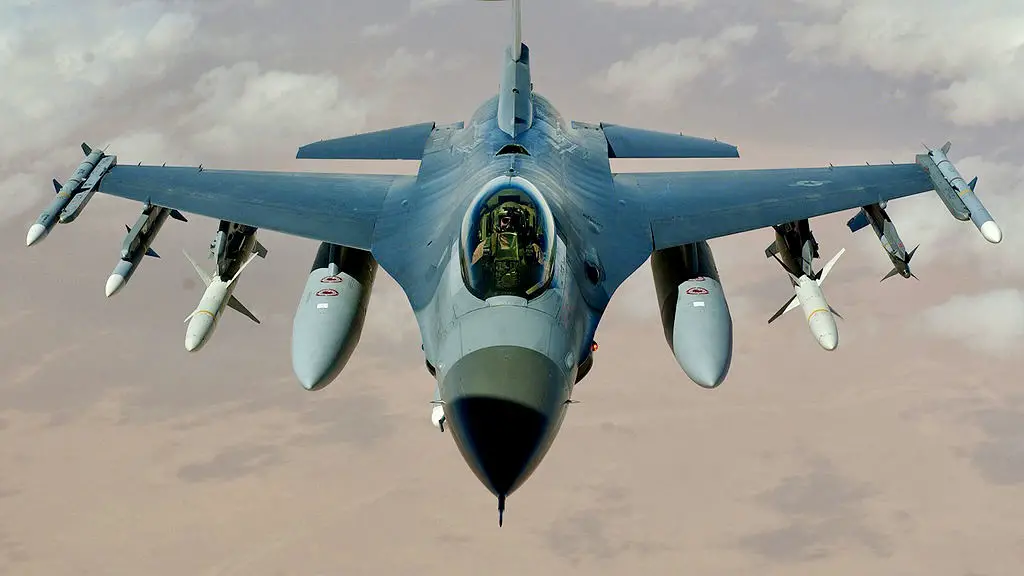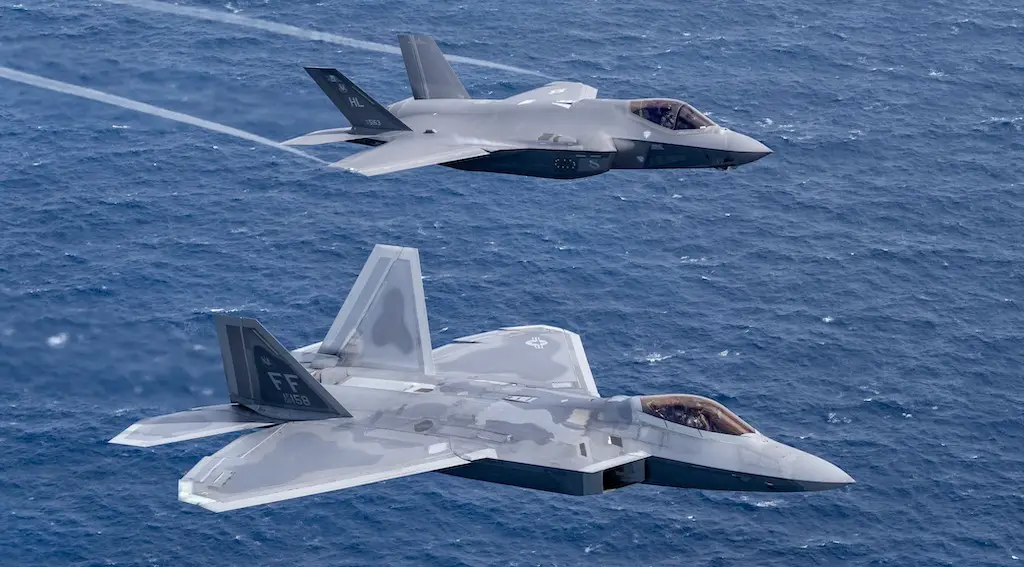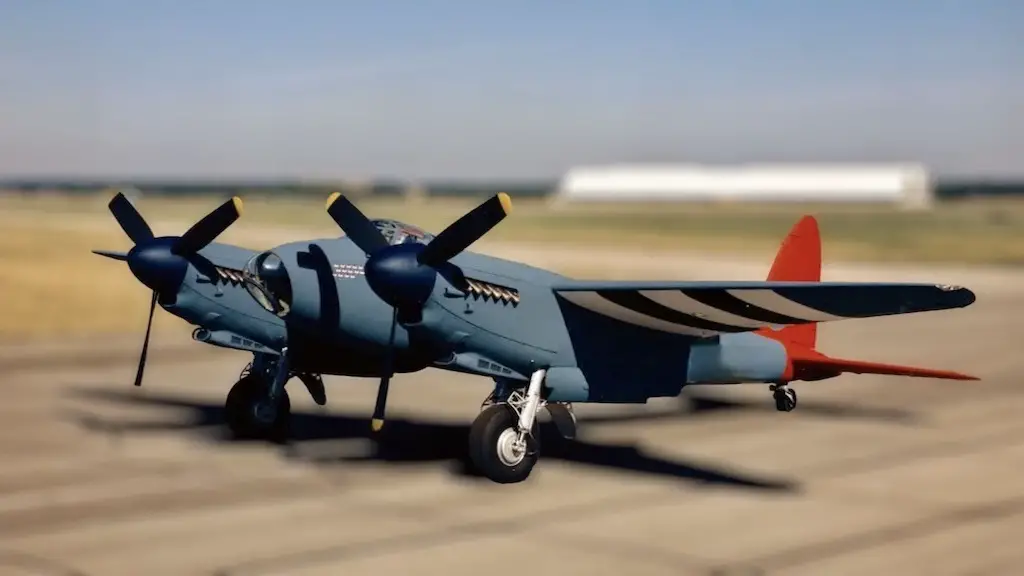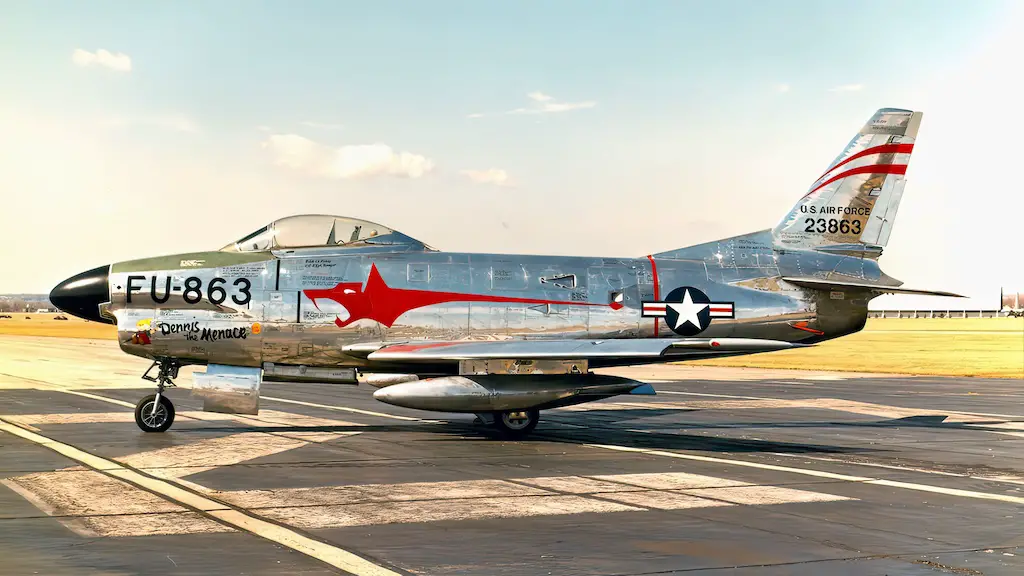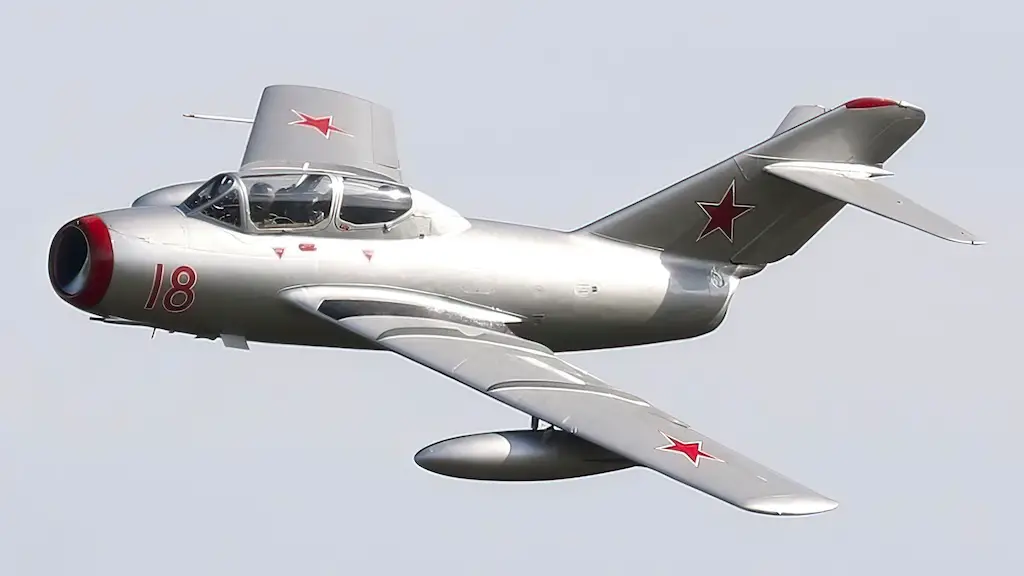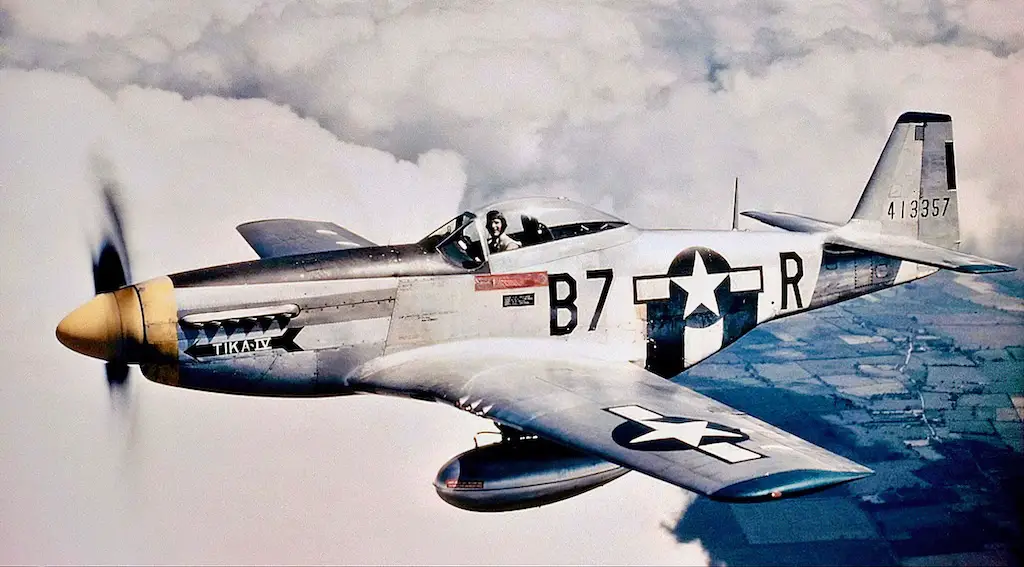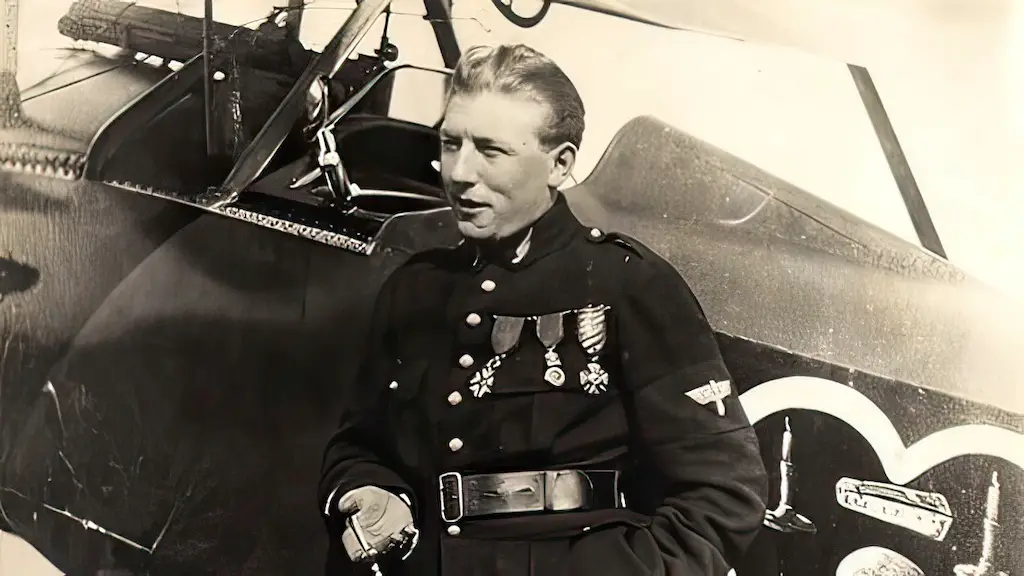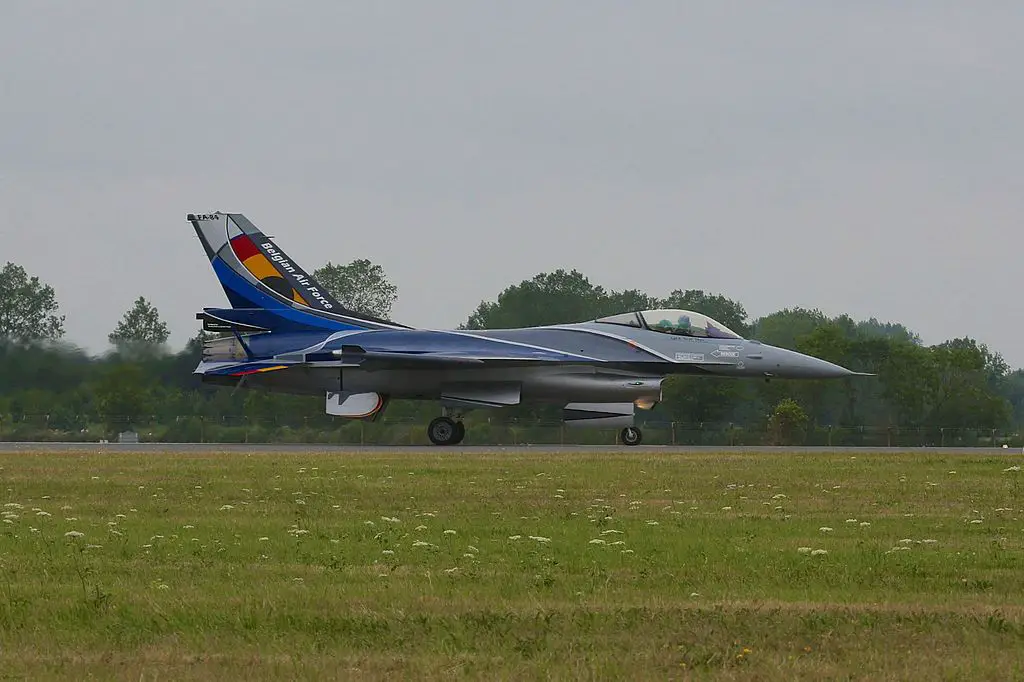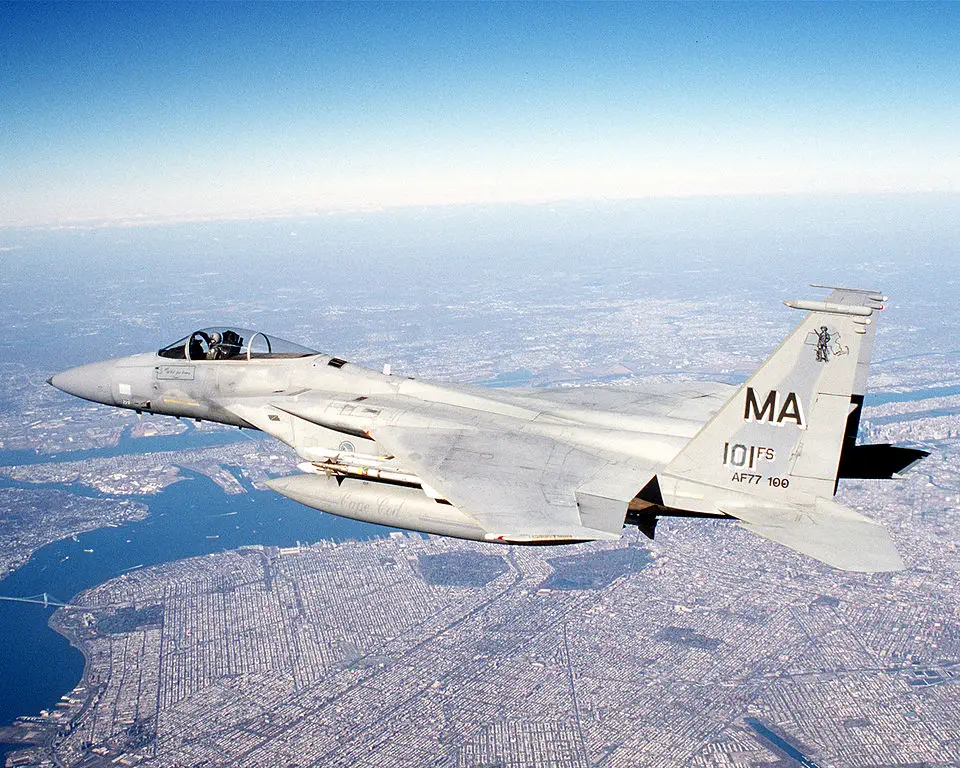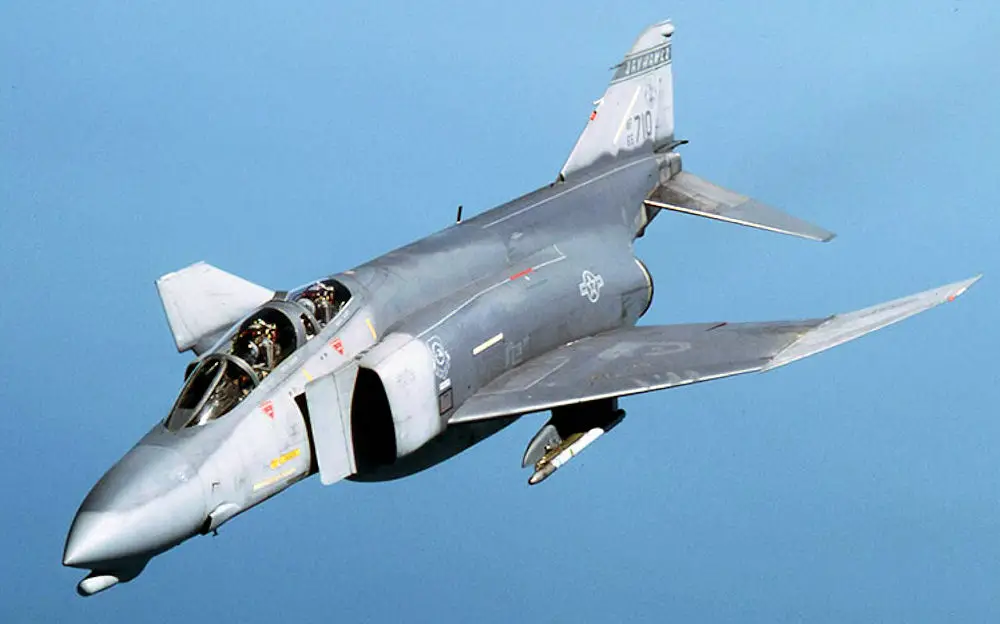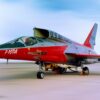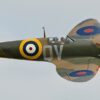The F-16 Fighting Falcon often flies in the shadow of its bigger sister, the F-15 Eagle. However, this does not mean that it’s an inferior aircraft. On the contrary, the Fighting Falcon is a multi-role fighter, and as they say, a jack of all trades is a master of none but oftentimes better than a master of one.
Until the F-35 entered the scene, the F-16 was the best bang for the buck as far as an aircraft that can do it all goes. And considering how expensive the F-35 is, it is still the case for some nations. The Aircraft is still in service in 26 countries.
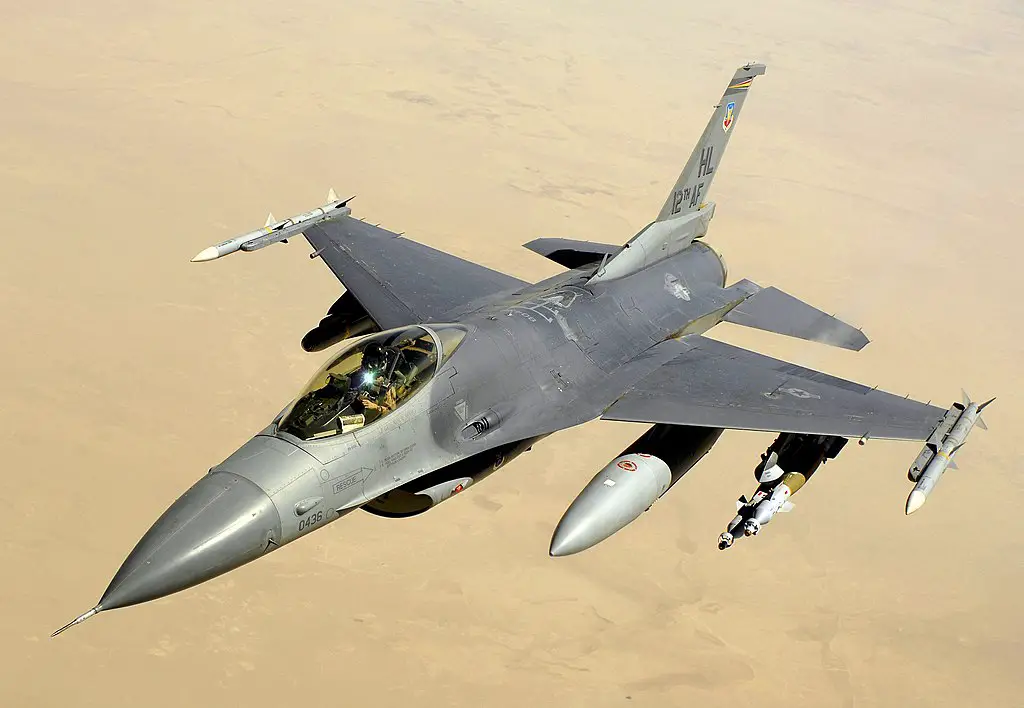
The Fighter Falcon is a compact single-engine, multi-role fighter. It has both excellent air-to-air combat and air-to-surface attack capabilities. Its all-weather capability allows it to deliver ordnance during non-visual bombing conditions accurately. Moreover, it has more than enough aces up its sleeve to protect itself in aerial combat. All while being very cost-effective, with a price tag half that of an F-15.
The first of its kind
In a way, the F-16 was the first of its kind as it was created to address a problem the Air Force faced during the Vietnam War. The F-4 Phantom, despite its power and guided missiles, didn’t perform well against the Soviet aircraft, which were the superior fighters when it came to dogfights.
Therefore the airforce requested a more maneuverable, cheaper, and lighter aircraft that would be able to outmaneuver and shoot down its adversaries. While the engineers were already working on the F-15, there were concerns that it would have the same shortcomings as the F-4 ( spoiler alert: It didn’t).
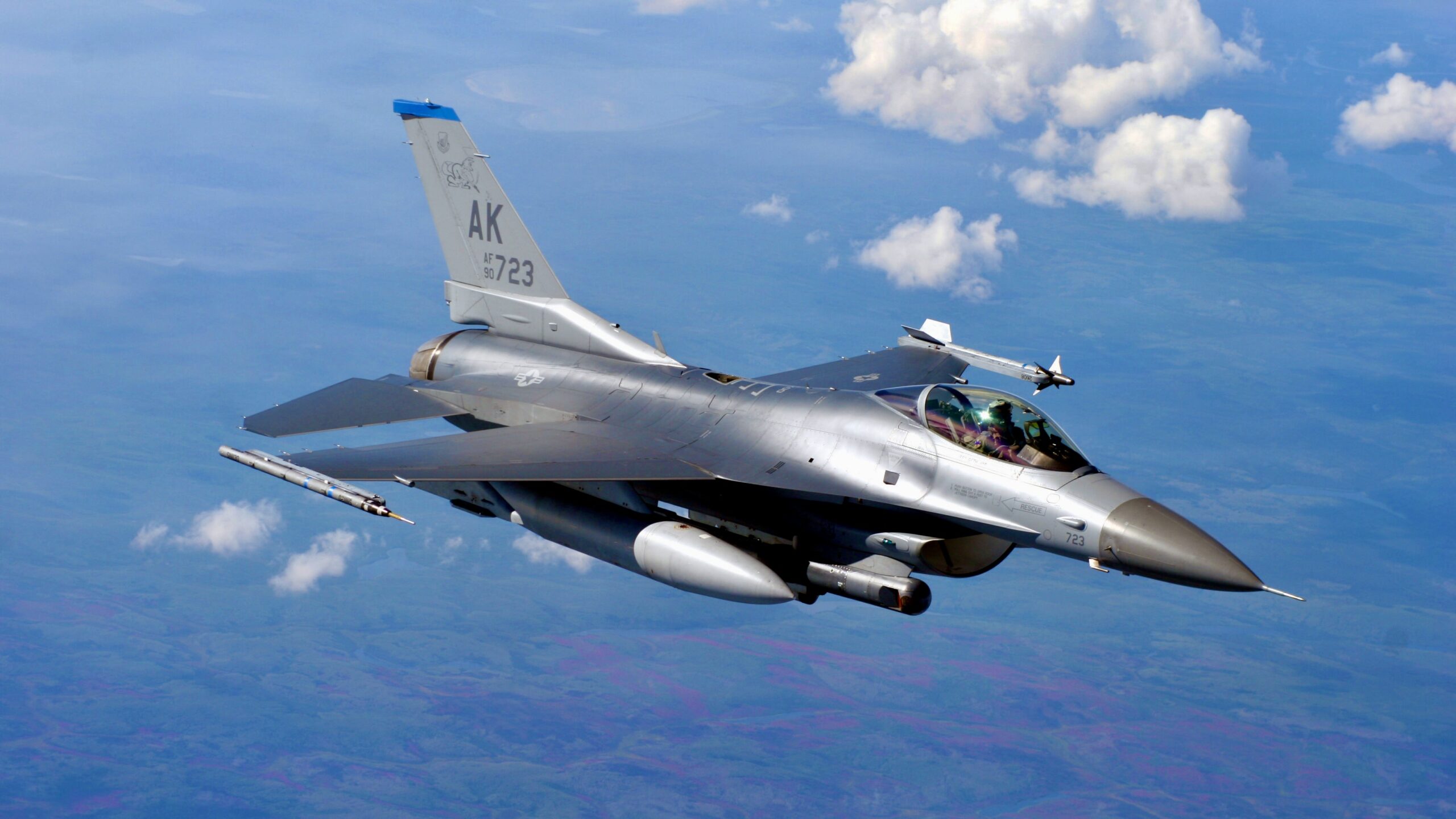
Eventually, in 1974 the Air Force was presented with two prototypes. The Northrop YF-17 and the General Dynamics YF-16. In a face-off, the YF-16 was deemed more suited for the Air Force’s needs. However, they also saw potential in YF-17, not for the Air Force but for the Navy; it would evolve into the Hornet line of Fighters.
Powered by a Pratt & Whitney F100 engine and combined with the lightweight, the aircraft was able to reach twice the speed of sound at higher altitudes. For a smaller fighter, it had a fairly roomy cockpit and the bubble canopy gave the pilot a better field of view.
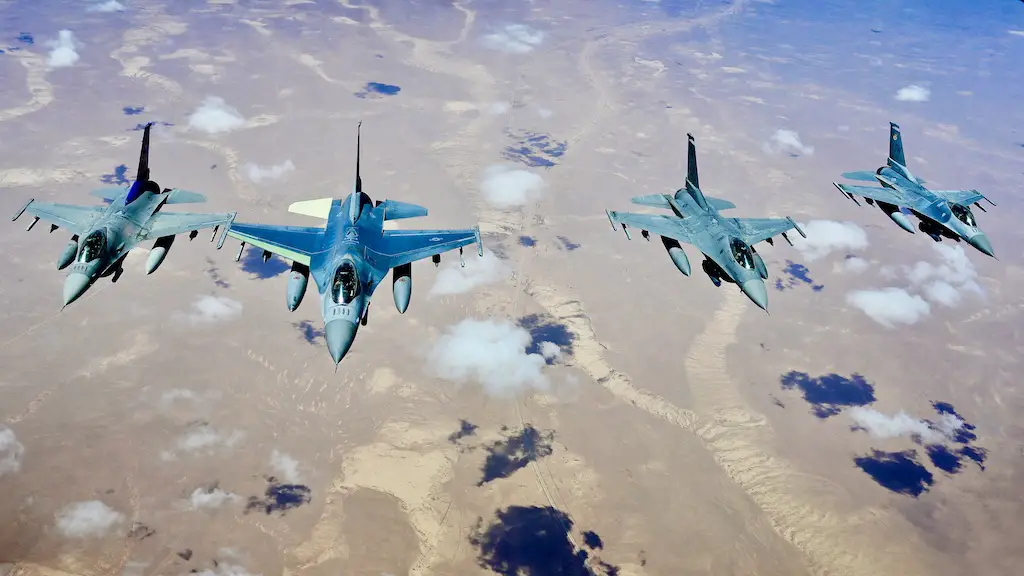
The Fighter Falcon has influenced other fighter aircraft
As aircraft became faster and more powerful, their maneuvers became sharper and more abrupt, which caused the pilots to experience stronger G-force. The engineers tilted the F-16’s seat 30 degrees back to address this. Combined with other improvements, the F-16 became the first aircraft to pull 9Gs in a turning maneuver. This record would only be broken decades later by the F-22, a fifth-generation fighter.
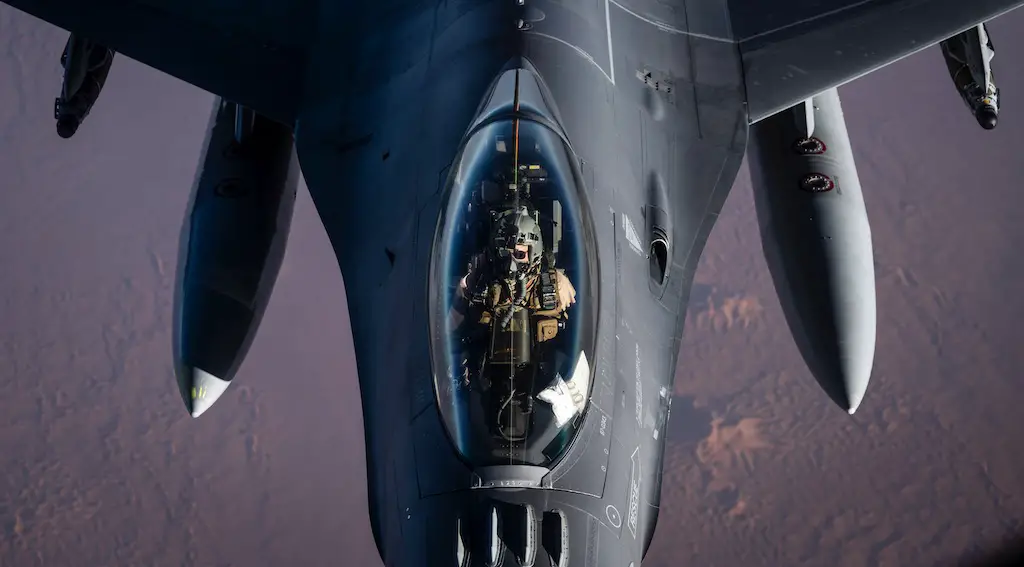
The F-16 also featured a new flight control system. The previously standard hydrolytic and cable-connected manual controls were upgraded with “fly-by-wire” controls. These controls were more reliable and adjusted the pilot’s maneuvers to meet the limitations of the aircraft. The Air Force liked the new control system so much that they have since become standard a standard feature in all new aircraft. The F-16 officially entered Service in 1980. There were two variants, the standard F-16A, and the two-seater version, the F-16B.

